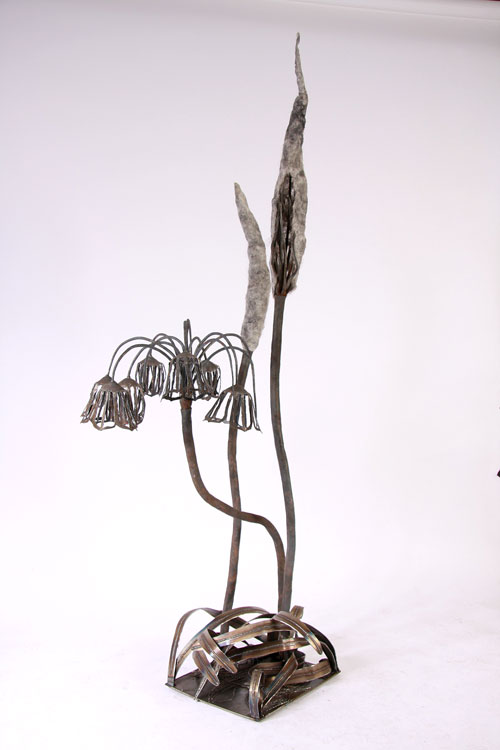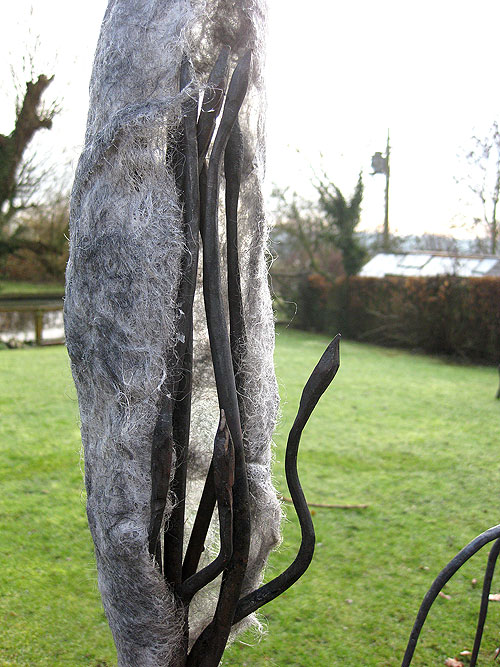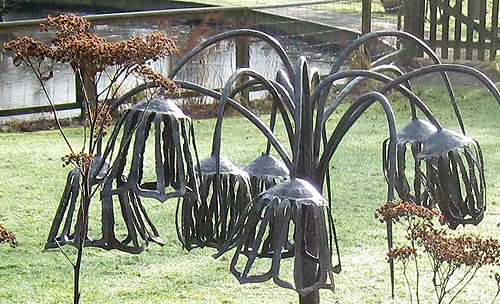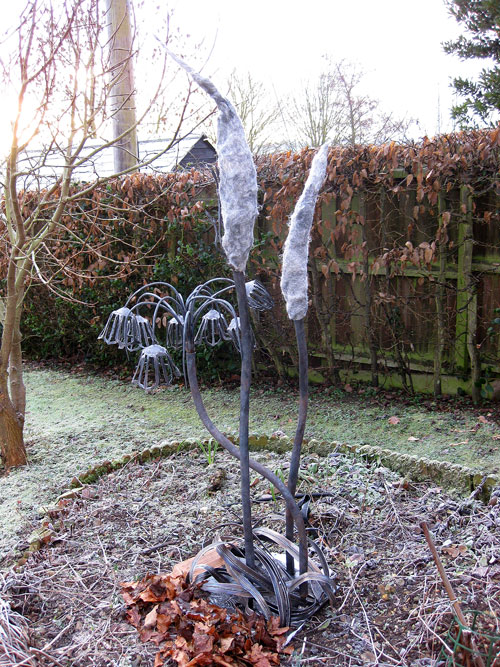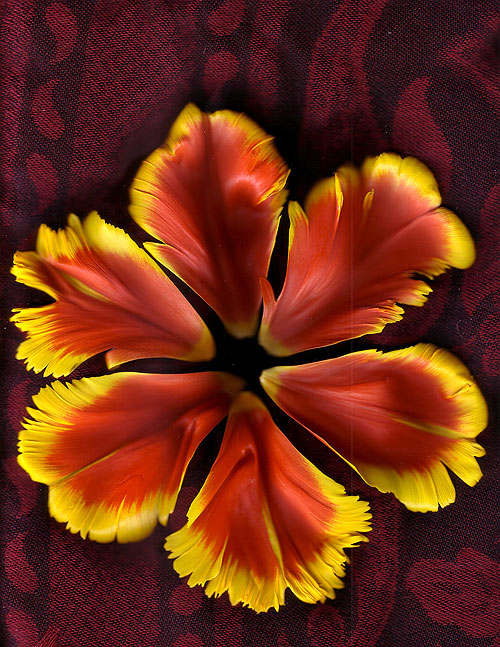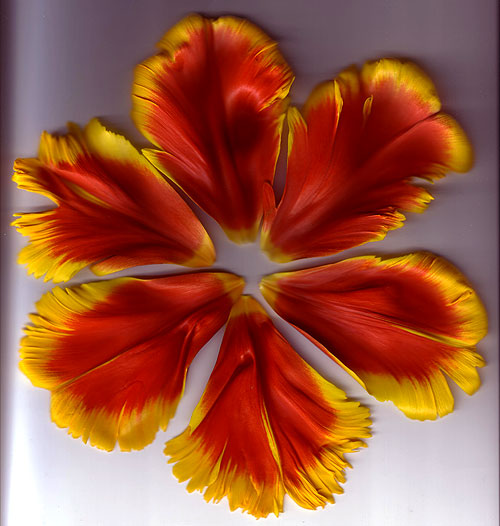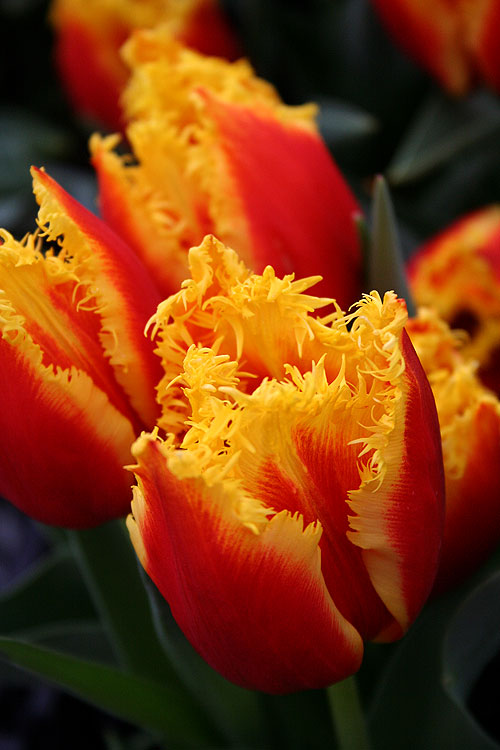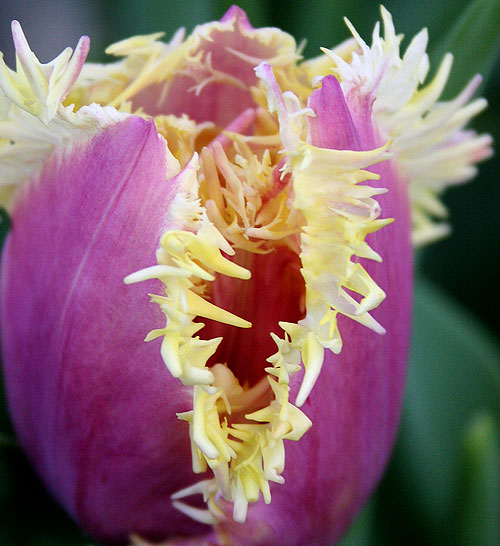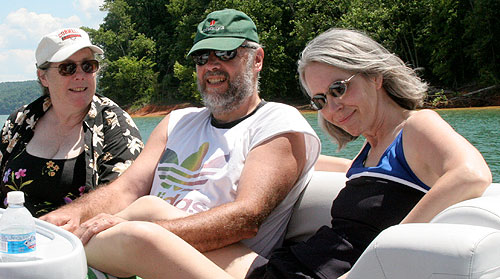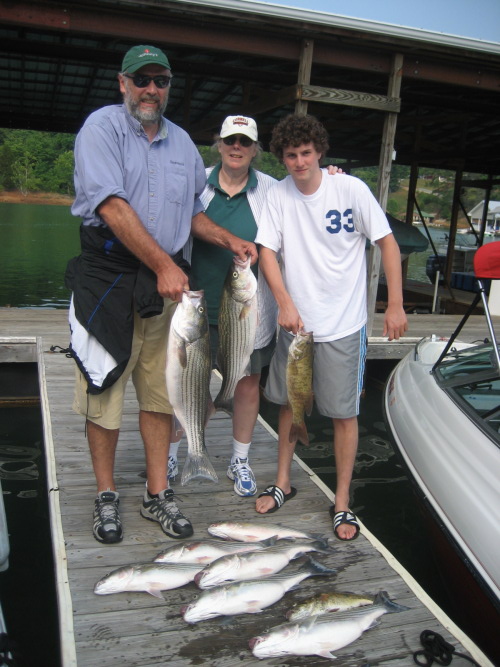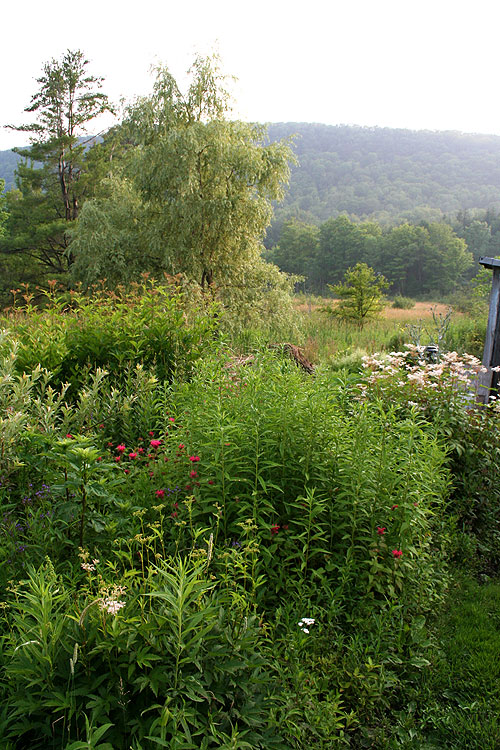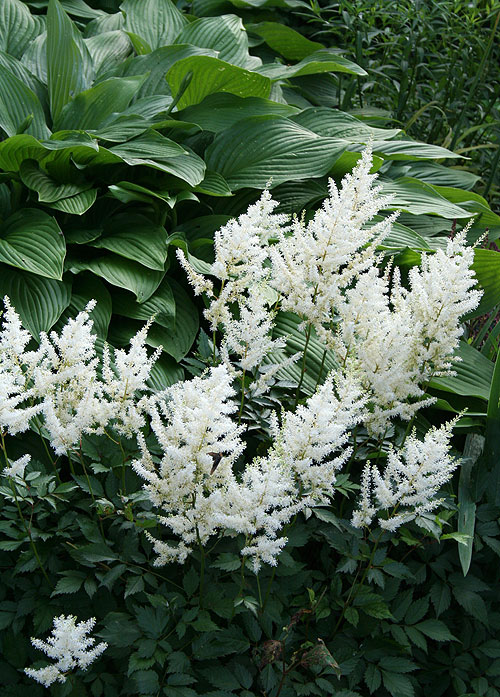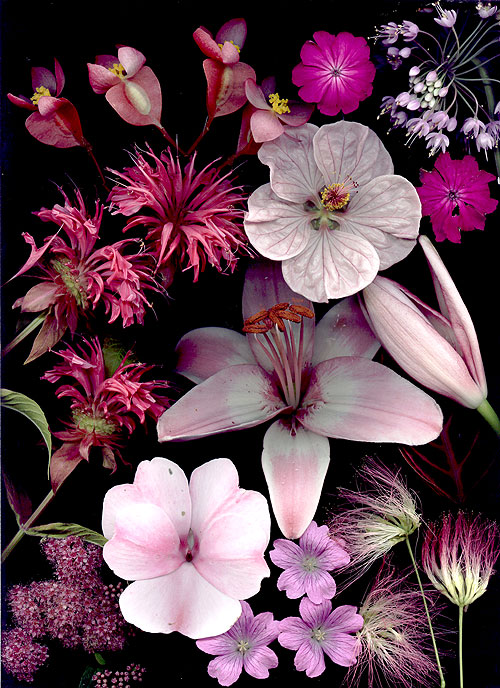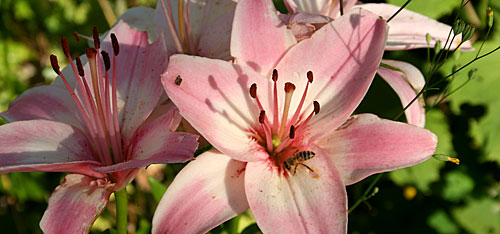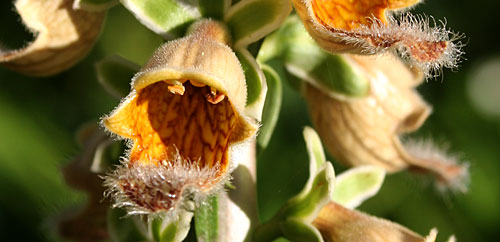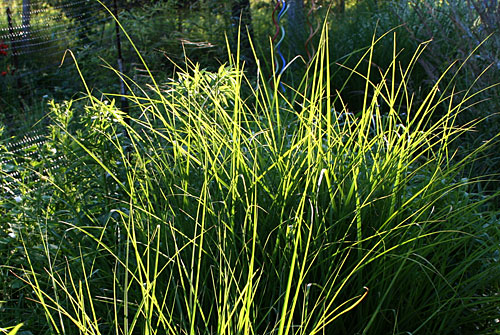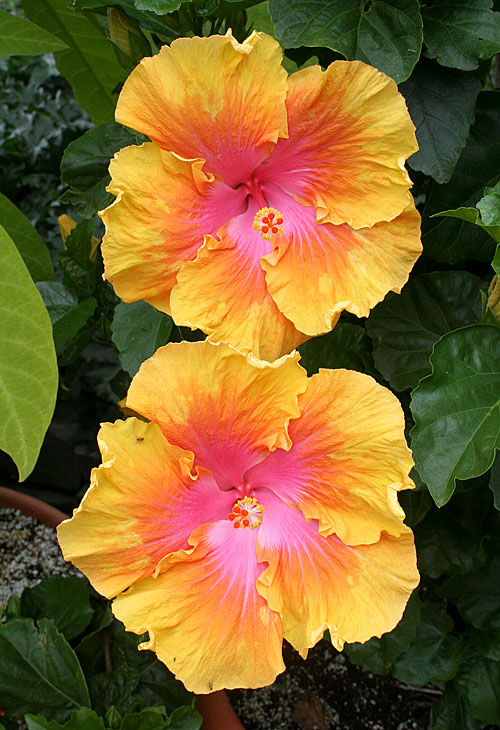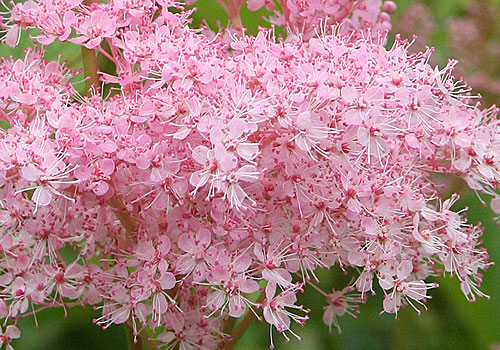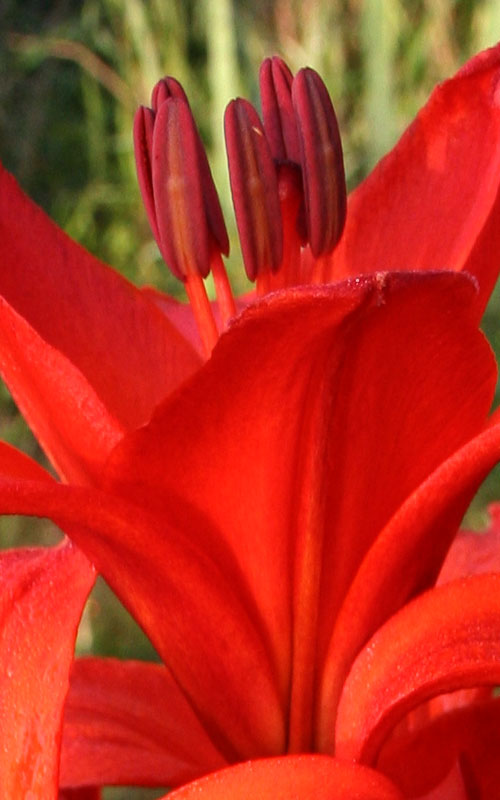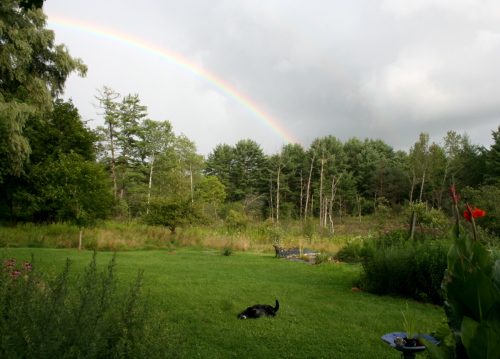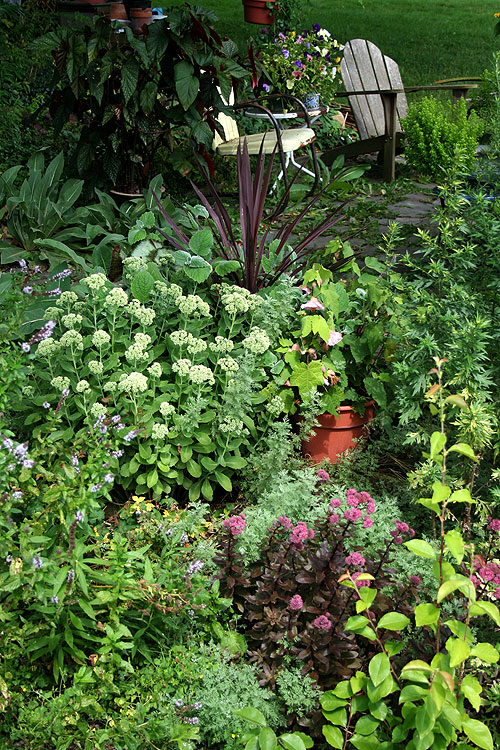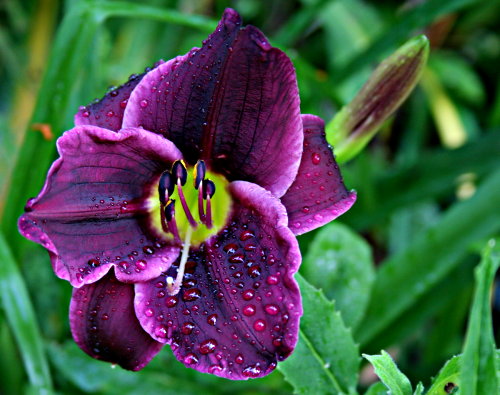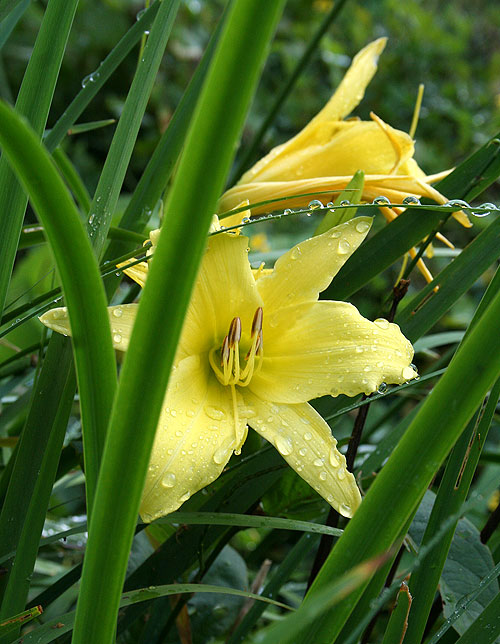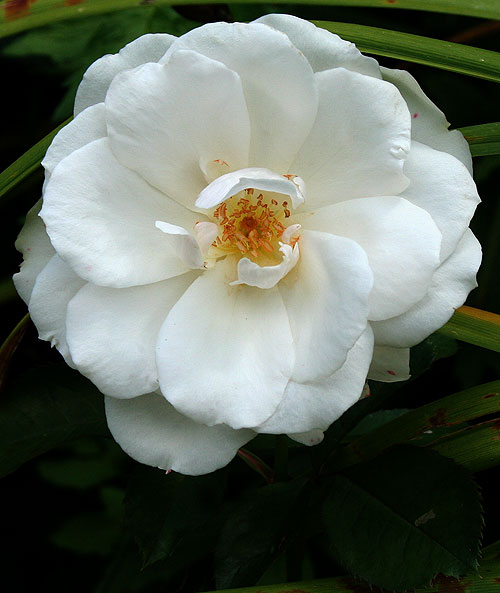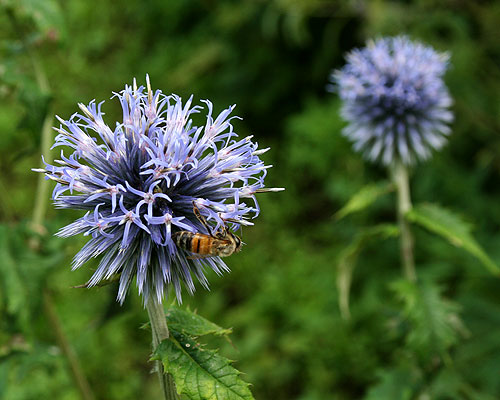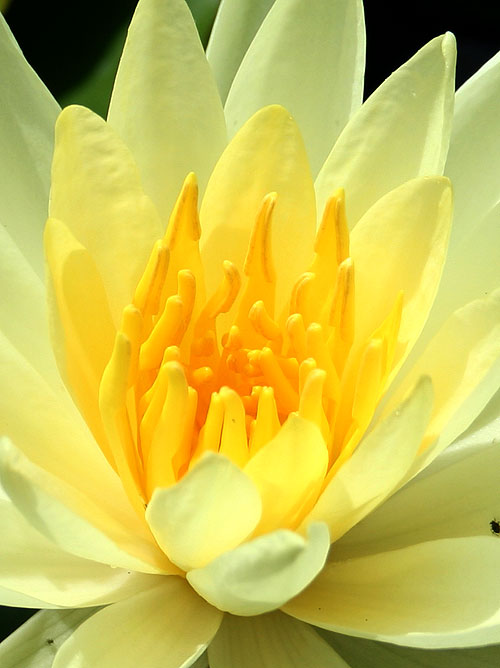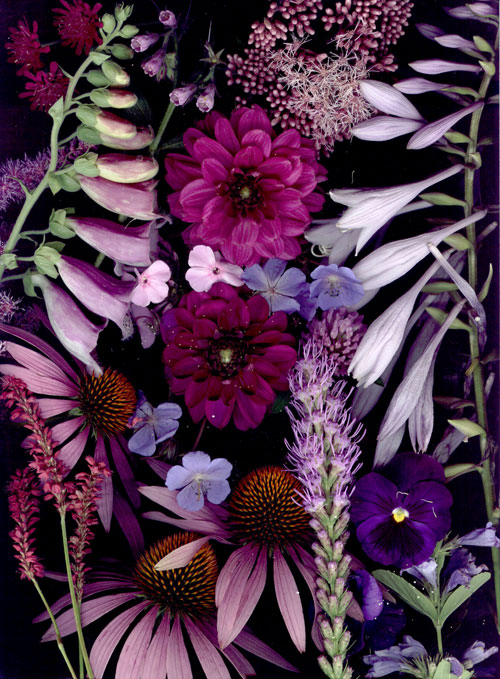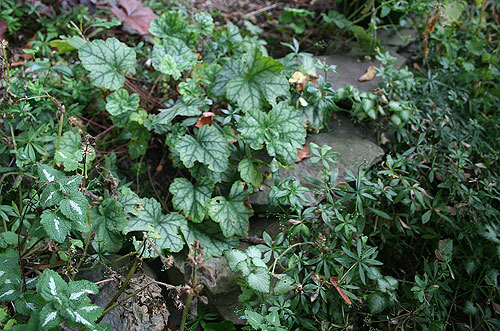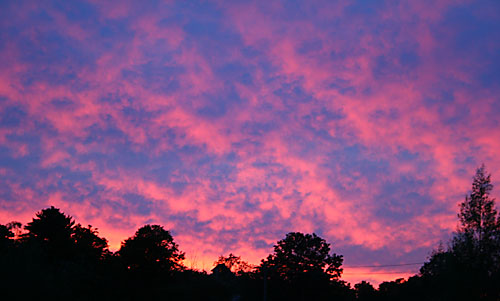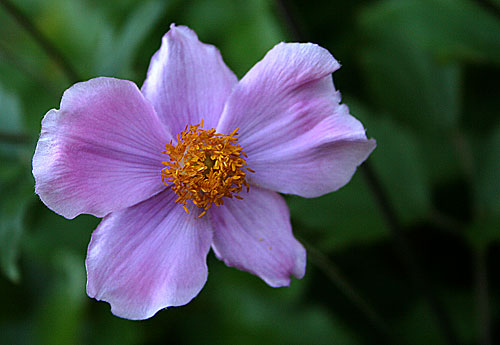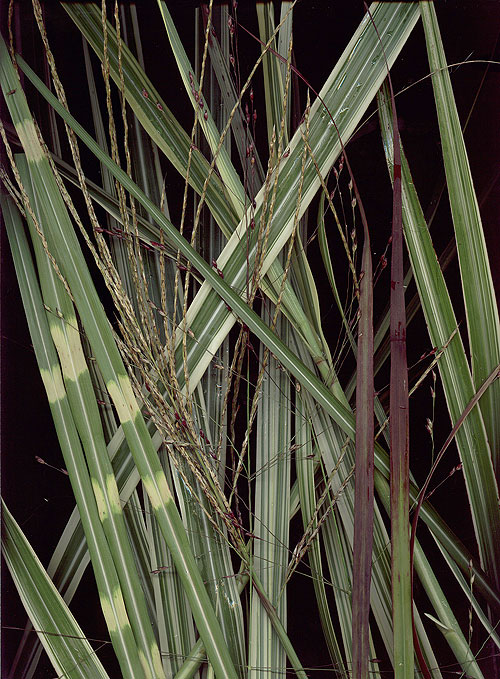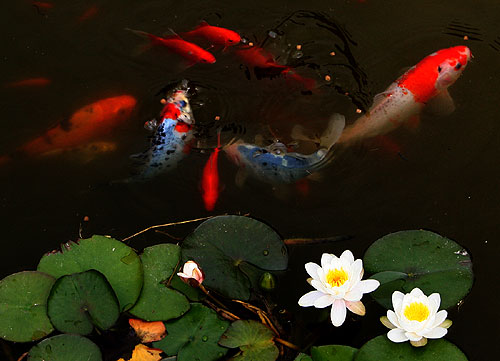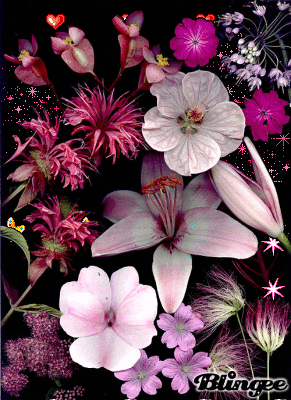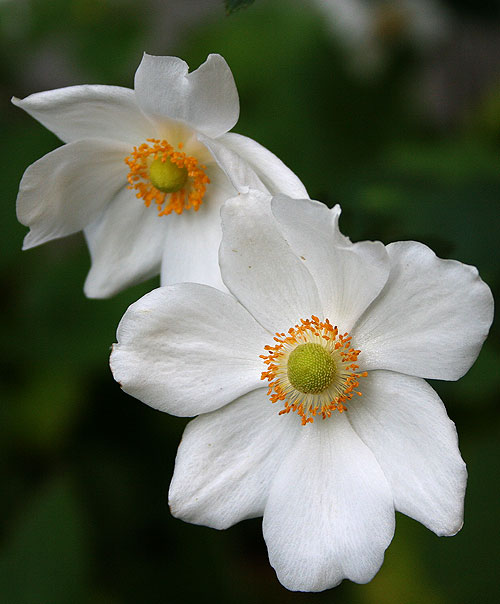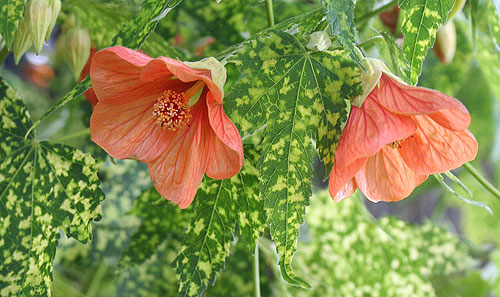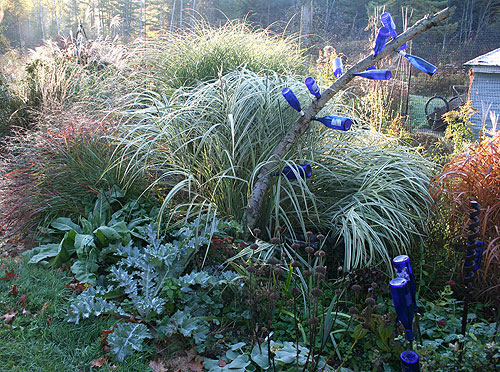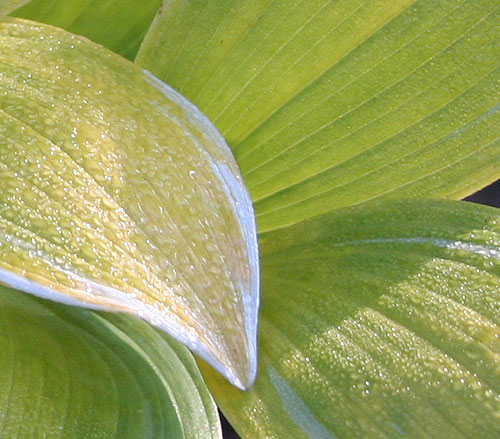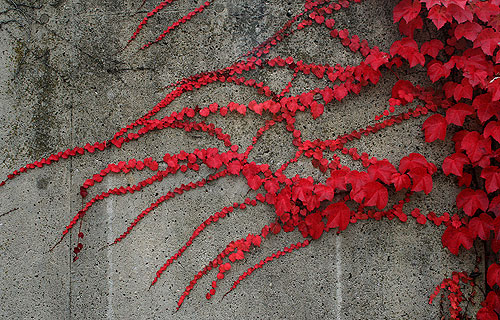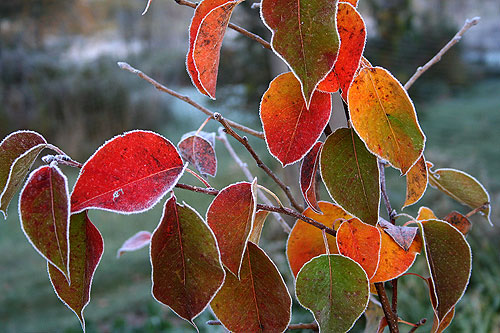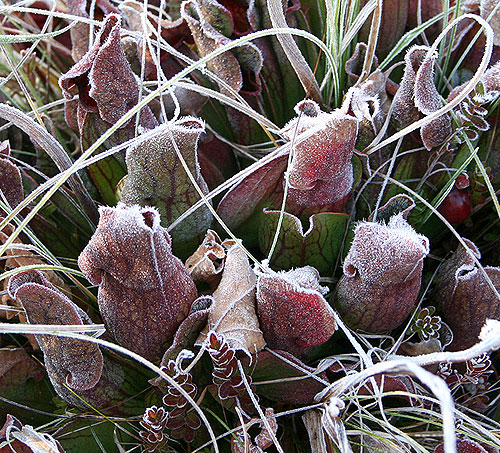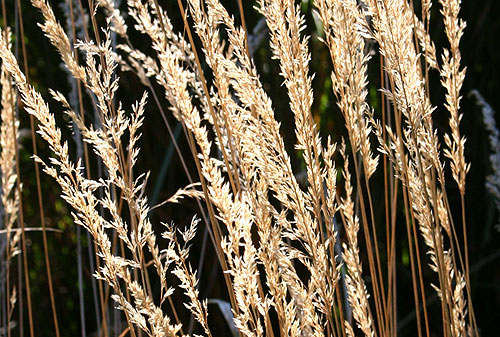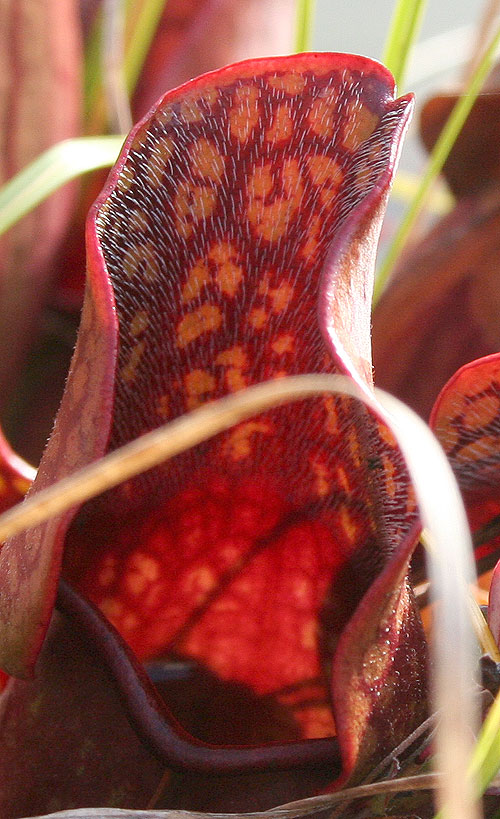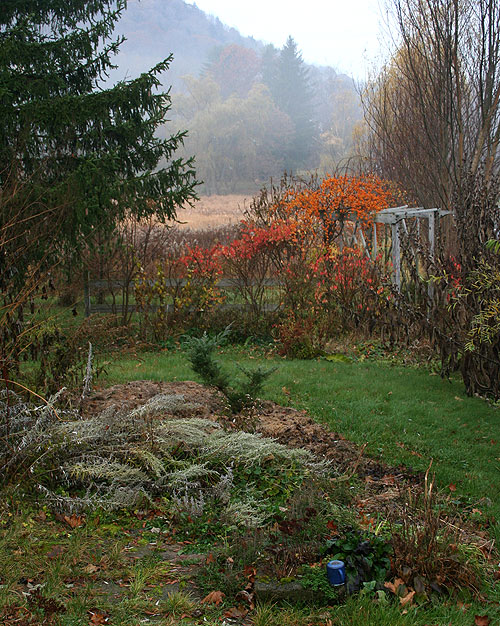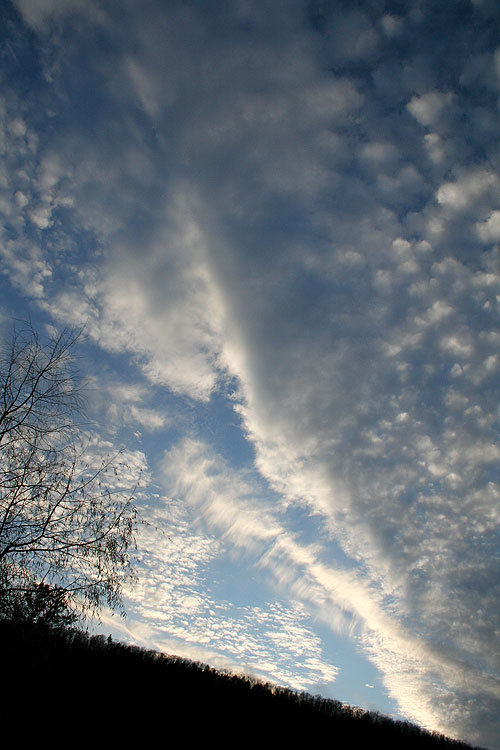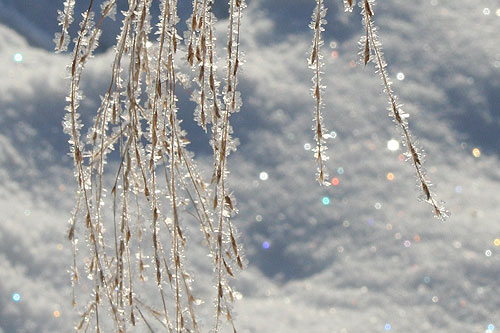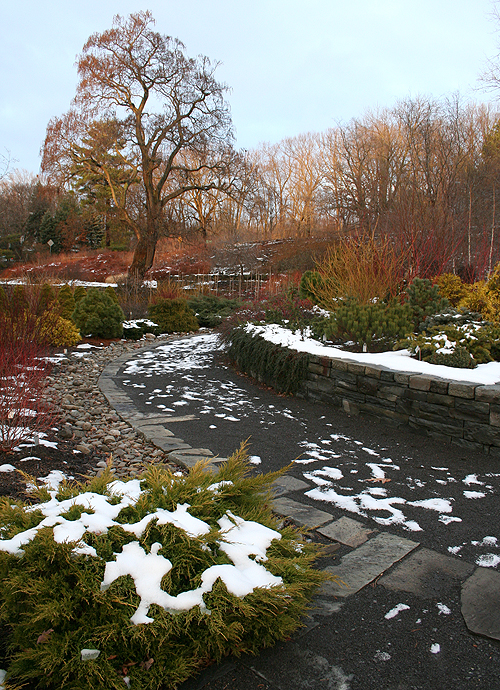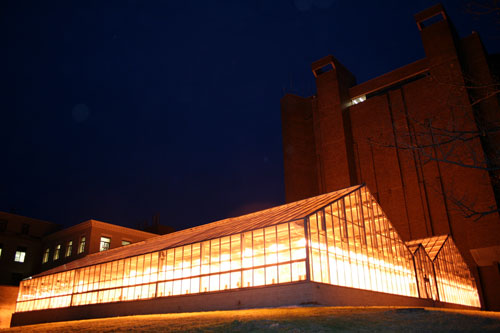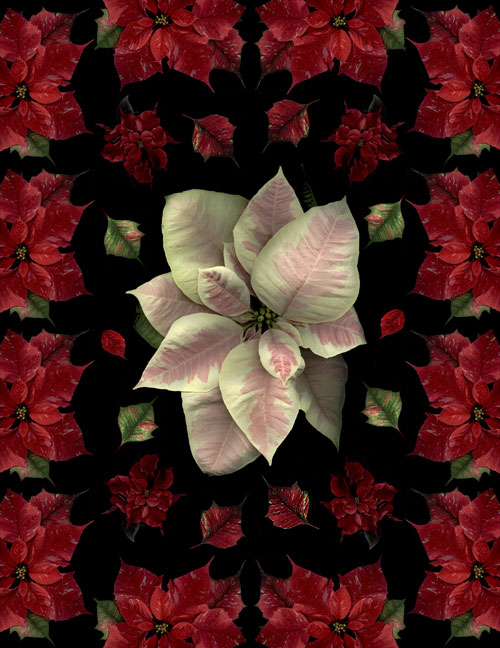Who can figure where artists will find inspiration? One found found a very, very marginal shot of a canna flower I grabbed one day and turned it in to this glorious quilt.
I just got an email from Iris Sebba, a 3D art student in England, who says the image below inspired her to try to render it in metal and felt.
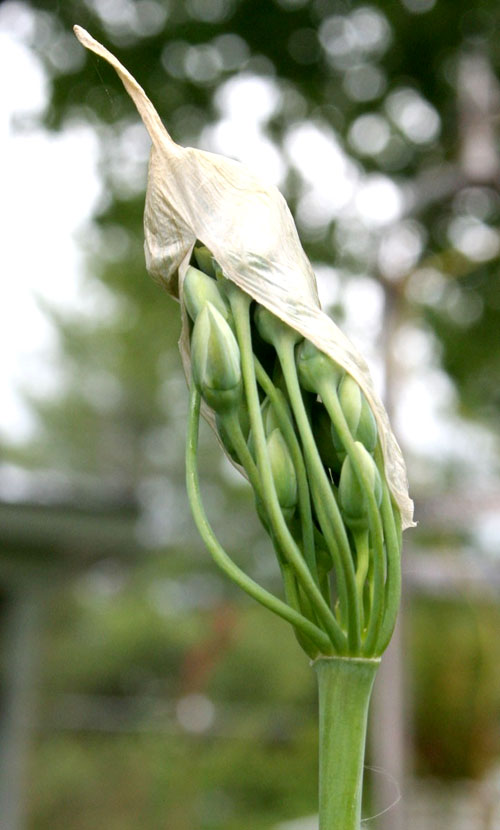
It’s not one of my best images. (There are better Nectaroscordum images in this post a couple of weeks later.) But I’m honored that Iris saw this image and then spent hours and hours and hours creating this sculpture.
I wish I could point you to Iris’s website, but all she has for now is a Facebook page. She writes:
[I have] no other images on the web except me in welding gear on facebook. Art is a slow process and really want to enjoy it rather than be pressurised by market forces (that is if anyone would be have the slightest interest in buying anyway!!) so hence no publicity. Having said that my family and friends may well find they have large metallic donations in the future. My husband is already set in fibreglass in the garden (not literally). I have done the degree for intellectual satisfaction as well as practical skills and may go on to do an MA.
Oh Iris. If only you were closer I would drive to pick up any donations you cared to make to my humble garden.
Here’s the fiberglass sculpture of Iris’s husband. Creepy or cool? I vote the latter.

